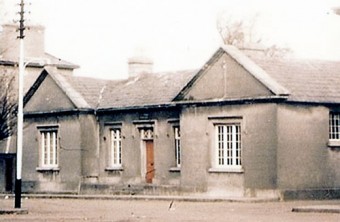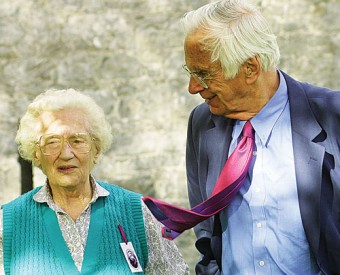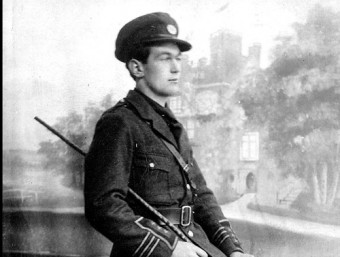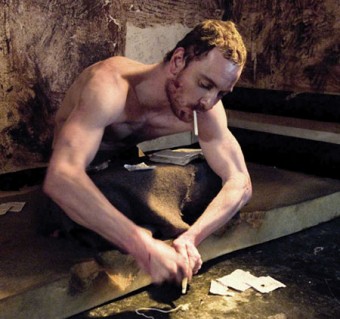Search Results for 'British Army'
75 results found.
St Nicholas’ Parochial School, a brief history

The Church of Ireland school of the Galway parish of St Nicholas opened its doors on July 12 1926, next door to the Town Hall and opposite the Courthouse. This marked a new departure for the primary education of Protestant children in Galway but it also marked the end of a long and sometimes acrimonious struggle for multi-denominational primary education in Galway.
Anne of Coole Park

I brought her a bag of apples on our first ‘date’. Not very romantic, I hear you say. True. And not very generous. Also true (Tesco special offer – one pound for a ‘family bag’). I was merely continuing a tradition. She was Anne Gregory and during her childhood at Coole Park, “every year John Quinn, Grandma’s great friend in New York, used to send a great case of apples to us.” So it is recorded in Anne’s beautiful book Me and Nu, Childhood at Coole. ‘Nu’ was Anne’s sister, Catherine. If you haven’t read Me and Nu, treat yourself to a copy for the New Year. It is still in print after nearly 40 years.
Don’t let GAAW stop the Red Arrows, says Crowe
An air display by the Red Arrows for the Volvo Ocean Race is not a glorification of war or a championing of the British Army, it is entrainment and a spectacle for Galwegians to enjoy.
Sean Broderick and the Black and Tans

During the Black and Tan era, it was difficult for the IRA to be overtly active in Galway City because it was so heavily garrisoned. Renmore Barracks which was the headquarters of the Connaught Rangers, was occupied by the Sherwood Foresters, more of whom were based in Oranmore: There was a large detachment of the 17th lancers at Earl’s Island: The Auxiliaries had a Company in Lenaboy Castle: And, between the barracks in Eglinton St., two more barracks in Dominick St and many private houses which had been commandeered, there were some 500 men. In addition there were, at varying times, a number of troops camped near Galway.
Michael Fassbender

AS AN actor, Michael Fassbender has been living a soldier’s life these past 10 years. Since appearing in Band Of Brothers, the Kerryman has gone on to star as a Greek warrior in 300, as IRA MP and hunger striker Bobby Sands in Hunger, and in August we will see him back on the big screen as a British army officer in Quentin Tarantino’s Inglourious Basterds.
What did your relatives do in the war?
Irishmen, and among them thousands of Galwegians, served in the British Army during the colonial wars, WWI, and WWII, and now the Galway City Museum wants to tell their story.
Animals at war, virgins in Loughrea, poitín, and peace at the ‘Augi’...
World War 1 is the backdrop for the London box office success War Horse. It’s the story of bravery, loyalty and a mutual bond that grew between a young farm boy and his horse. But it is the highly imaginative and skilful way that the story is presented that has caught London’s imagination. The play is based on a book by Michael Morpurgo; and a recent acknowledgement by the public of the role animals have played in war, from the horse, the mule, the dog, the pigeon, even the humble glow worm used by sappers in No Man’s Land as they drew maps in the dark*. During the merciless, and relatively recent Battle of Stalingrad, (July 1942 to February 1943), 207,000 horses were killed on the German side alone (the human cost was an unimaginable one million). Animals are still used to help solders navigate rough terrain, or for dolphins to seek out mines, and dogs to sniff out contraband.
Sean Tyrrell’s message of Sean Tyrrell’s message of

“I DID history to BA level and I never heard of John Boyle O’Reilly until I played at a club named after him in Springfield, Massachusetts. I’d love to know why he’s been written out of Irish history.”
Is Ireland neutral? Like hell it is
Irish neutrality will be protected and copperfastened by a Yes vote to Lisbon. Irish neutrality will be seriously undermined by a treaty bristling with military articles, so it is wiser to vote No.
When the British tried to invade the Aran Islands
In December 1920, the British army, then fighting the IRA in the Irish War of Independence, carried out an amphibious raid on Inishmore in the Aran Islands.

